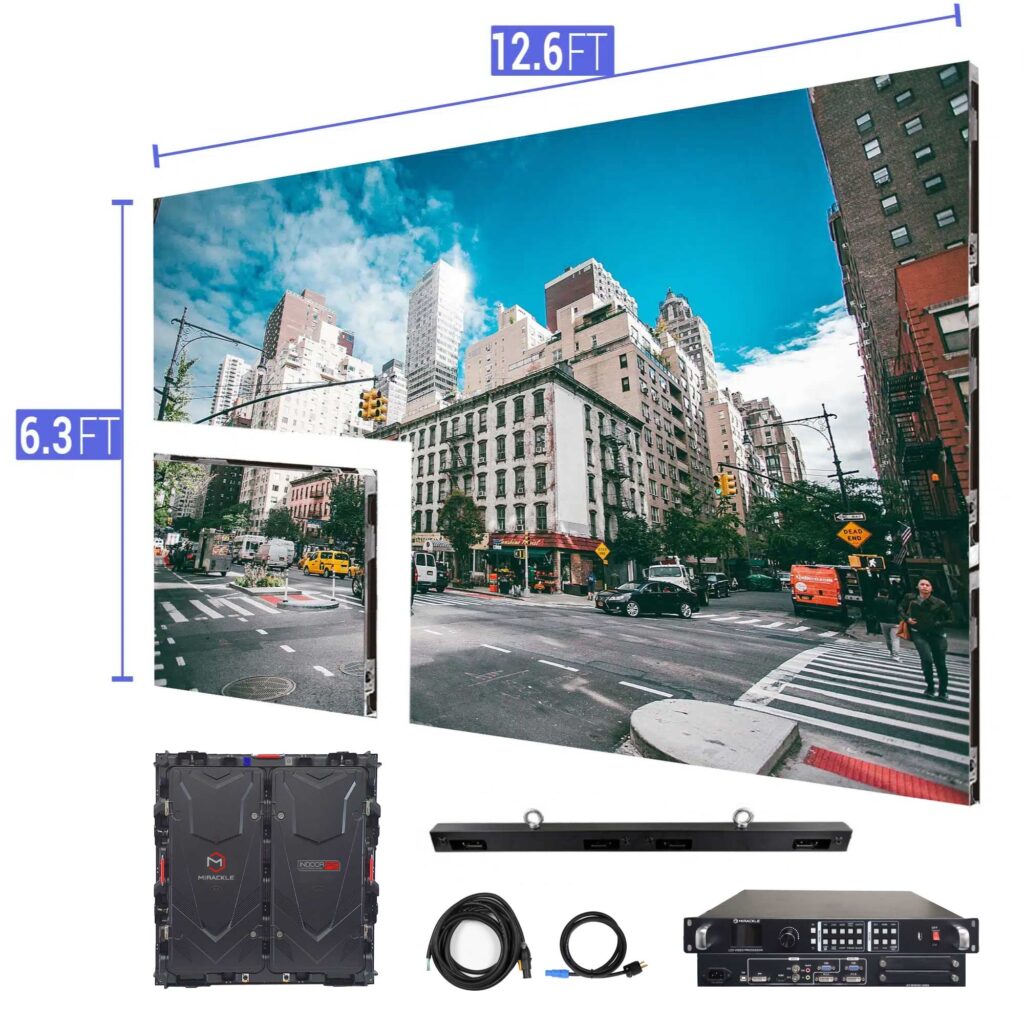Effective Tactics for Overcoming Temperature Challenges in Light Emitting Diode Wall Screens
Wiki Article
LED wall screens are progressively popular for various uses, including promotion, events, and digital screens. However, overheating is a major issue that can affect their performance and longevity. When LED screens overheat, they may decrease in brightness, hue shift, or even fail entirely. Grasping the causes and implementing efficient methods to manage heat can help maintain the optimal operation of LED wall panels. This article will explore several approaches to address overheating issues related with these units.
One powerful strategy for preventing overheating in LED panel screens is guaranteeing adequate ventilation. It is crucial to place these screens in settings where atmosphere flow is adequate. This can be accomplished by placing the panels in a properly aired area or using fans to enhance airflow around the units. Additionally, if the panels are mounted in a tight area, establishing gaps or implementing air ducts can help release heat more effectively. Maintaining a cooler ambient temperature is crucial, as it directly impacts the performance and lifespan of LED wall panels.
Another way to address excess heat is through the application of heat control substances. These materials can help absorb, dissipate, or redirect heat away from the LED elements. Thermal sinks are commonly used in many electronic devices, such as LED screens. These metallic elements draw heat away from the LED components, allowing them to operate at a safer temperature. Additionally, thermal paste or pads can be applied to improve heat conduction between the LED elements and the heat sinks, further enhancing their cooling effectiveness.

Regular maintenance and monitoring of LED wall screens also play a critical part in stopping overheating. Dirt and grime can build up on the faces of these screens, obstructing airflow and trapping heat. Regular cleaning, using appropriate tools, will ensure the screens free from obstructions. Furthermore, monitoring the temperature of the screens can help identify excess heat problems before they turn into severe. Using temperature monitors can provide valuable data, enabling users to take remedial steps if the screens start to go over secure operating heat levels.
check this site out The use of cutting-edge technology can also help address excess heat issues in LED wall panels. Many contemporary LED screens come fitted with built-in heat management systems. These systems can automatically modify the luminosity of the screen based on the temperature, reducing heat generation when necessary. Additionally, program solutions can monitor the functionality of the screens and provide alerts if excess heat is detected. Incorporating these tools can considerably improve the durability and dependability of LED panel panels.
In conclusion, managing overheating in LED wall panels is crucial for ensuring their performance and durability. Implementing strategies such as providing adequate airflow, utilizing heat control substances, conducting routine maintenance, and utilizing advanced tools can help mitigate excess heat issues. By taking these proactive measures, users can enjoy the complete advantages of LED wall screens while reducing the risk of heat-related problems. This method not only improves the performance of the panels but also contributes to a much eco-friendly and effective application of technology in various applications.